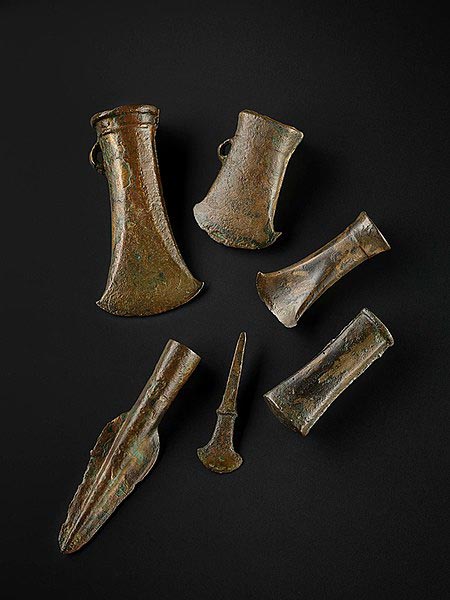
Researchers have discovered an unexpected link between number theory in mathematics and genetics, providing critical insight into the nature of neutral mutations and the evolution of organisms. The team found the maximal robustness of mutations—mutations that can occur without changing an organism’s characteristics—is proportional to the logarithm of all possible sequences that map to a phenotype, with a correction provided by the sums-of-digits function from number theory.
An interdisciplinary team of mathematicians, engineers, physicists, and medical scientists has discovered a surprising connection between pure mathematics and genetics. ThAnd yet, again and again, number theory finds unexpected applications in science and engineering, from leaf angles that (almost) universally follow the Fibonacci sequence, to modern encryption techniques based on factoring prime numbers. Now, researchers have demonstrated an unexpected link between number theory and evolutionary genetics.
Specifically, the team of researchers (from Oxford, Harvard, Cambridge, GUST, MIT, Imperial, and the Alan Turing Institute) have discovered a deep connection between the sums-of-digits function from number theory and a key quantity in genetics, the phenotype mutational robustness. This quality is defined as the average probability that a point mutation does not change a phenotype (a characteristic of an organism).
The discovery may have important implications for evolutionary genetics. Many genetic mutations are neutral, meaning that they can slowly accumulate over time without affecting the viability of the phenotype. These neutral mutations cause genome sequences to change at a steady rate over time. Because this rate is known, scientists can compare the percentage difference in the sequence between two organisms and infer when their latest common ancestor lived.is connection sheds light on the structure of neutral mutations and the evolution of organisms.
Number theory, the study of the properties of positive integers, is perhaps the purest form of mathematics. At first sight, it may seem far too abstract to apply to the natural world. In fact, the influential American number theorist Leonard Dickson wrote “Thank God that number theory is unsullied by any application.” READ MORE...



